Table of Contents
Introduction
Sheep farming has existed as part of farming for centuries, but in the present-day competitive and resource-conscious era, contemporary farmers seek novel means to make their sheep farm productive and profitable.
Sheep have been bred for centuries for wool and meat, but there is a growing trend today for dairy sheep, which provides an entire new avenue to the business of the sheep station.
With the increasing demand for sheep milk and its products, such as cheese and yogurt, adding dairy-focused operations to a sheep station can unlock untapped doors to new markets.
Sheep farm development today is as much about high-tech and high-skill, scientific management, and sustainability as it is about flock size increases—it’s a matter of high-tech and high-skill.
Farmers are looking to the newest breeding technologies, rotational models of grazing, and technology-based answers to maintain optimum output levels in a way that does not over-tax resources.
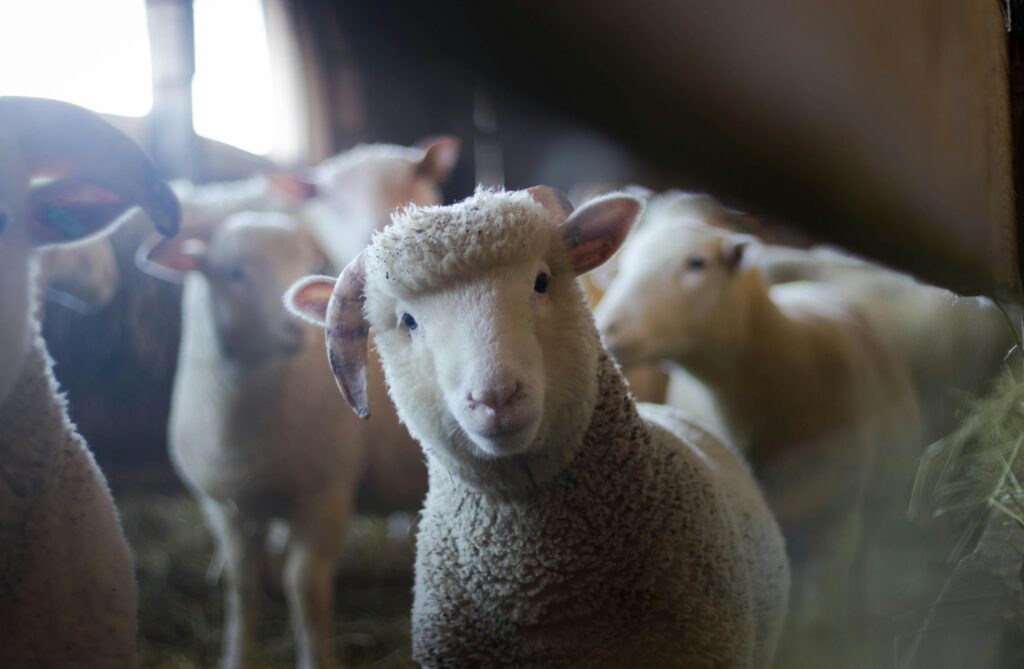
To start a successful farm, for the willing, bringing into place established techniques that combine old wisdom with new innovation is the way forward.
Here, we shall discuss 11 strong secrets that will change your sheep farm into a sustainable and viable business. Every approach will highlight how dairy sheep can be perfectly integrated into a sheep station, giving you a guide to long-term success.
From marketing to breeding, healthcare, and grazing management, every process is moving toward a well-balanced farm management program.
Once you are done reading this book, not only will you have learned how to scale up your sheep farm, but also how to place yourself in the expanding dairy sheep industry so that your farm is future-ready and profitable.
Advantages of Sheep Farm Growth with Dairy Sheep
Raising a sheep farm with dairy sheep in mind provides different benefits compared to traditional wool and meat production. Farmers who think about dairy-purpose breeds in a sheep station benefit from exposure to diversified income streams, better market prospects, and greater long-term viability.
In the sections that follow, we discuss some of the most recorded advantages of growth in this industry.
Diversified Income Opportunities
One of the advantages of modern sheep farming is diversified income. Most farmers in the past were dependent on wool or meat sales alone, but these markets are unpredictable since they fluctuate with demand and foreign competition.
By adding dairy sheep to the makeup of the farm, farmers can avail themselves of the fast-growing market for sheep milk, cheese, and yogurt. High-demand dairy products around the globe offer scope for premium domestic sales as well as in export markets.
This translates into financial security for a sheep station since profits are not vulnerable to the volatility of a single commodity anymore. With diversified income streams, farmers minimize risk, maximize cash flow, and build a stronger business model that is less vulnerable to market shocks.
Greater Market Value of Dairy Products
Sheep’s milk has one giant advantage in the dairy market—sheep’s milk is healthier than goat’s milk or cow’s milk. Standing alone, this earns specialty and health-oriented dairy products strong demand from gourmet and health-conscious consumers.
A well-managed sheep farm with good-quality milk can supply specialty cheese makers, health food stores, and even end consumers looking for alternatives to traditional dairy. For the farmer who operates a sheep farm, this means higher profit per liter than conventional livestock milk dairy.
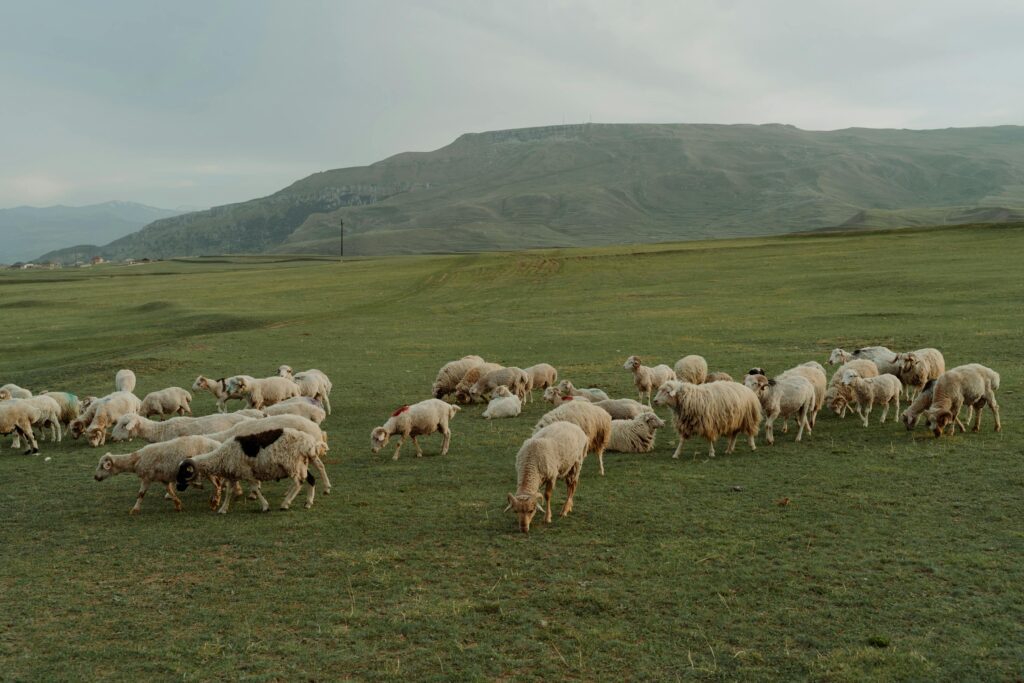
The premium price of sheep milk makes it worth investing in dairy-type sheep and that it is not only an option but also a lucrative practice in the long term.
Sustainable Farming Practices
The other advantage of bringing dairy sheep to a sheep farm is encouraging sustainable farming practices. Sheep are relatively smaller in terms of the amount of feed and water they consume compared to big livestock, therefore they put less stress on the environment to maintain them.
With proper planning, a sheep station can utilize rotational grazing, whereby pastures naturally recover and soil loss is minimized. Sheep dung also enhances soil fertility, favors crop rotations, and enhances overall fertility.
To farmers who worry about climate adversity and resource limitations, dairy-centered sheep husbandry is a green choice that maintains profitability alongside environmental conservation. The end result is a profitable farm that preserves the environment for generations to come.
Methods of Successful Sheep Farm Development
Sheep farming requires more than expanding the number of the flock. Success is accompanied by the coming together of planning, technology, and careful management. Through the application of tested procedures, farmers have farms not just financially prosperous but enduring in numerous years.
Some of the vital strategies every farmer should consider when managing dairy sheep within a modern sheep station are mentioned below.
Select the Right Dairy Sheep Breeds
The key to any successful sheep farm is selecting the right breeds. All sheep are not milked, so farmers need to concentrate solely on milk sheep breeds such as East Friesian or Lacaune. They yield more milk, improved fat percentage, and lactation duration.
Incorporating them into a sheep station leads to better efficiency in milk production without compromising the health of the total flock. Farmers must also turn to crossbreeding to enhance disease resistance and adaptation to local conditions.
With proper breeds, a sheep farm can maximize the volume of milk produced while maintaining feeding and healthcare expenses at manageable levels, setting the stage for sustainable development.
Implement Rotational Grazing Systems
Rotational grazing is the best method in running a sheep station. Rather than allowing sheep to graze in grasslands, the land is divided into sections. Flocks are moved into these sections, allowing grasslands to rest and re-grow stronger.
In a sheep farm, this keeps overgrazing from occurring, improves the fertility of the soil, and guarantees a continuous supply of quality feed for the flock. On dairy sheep, rotational grazing also proves useful in the quality of milk due to livestock receiving regular exposure to fresh grass pasture.
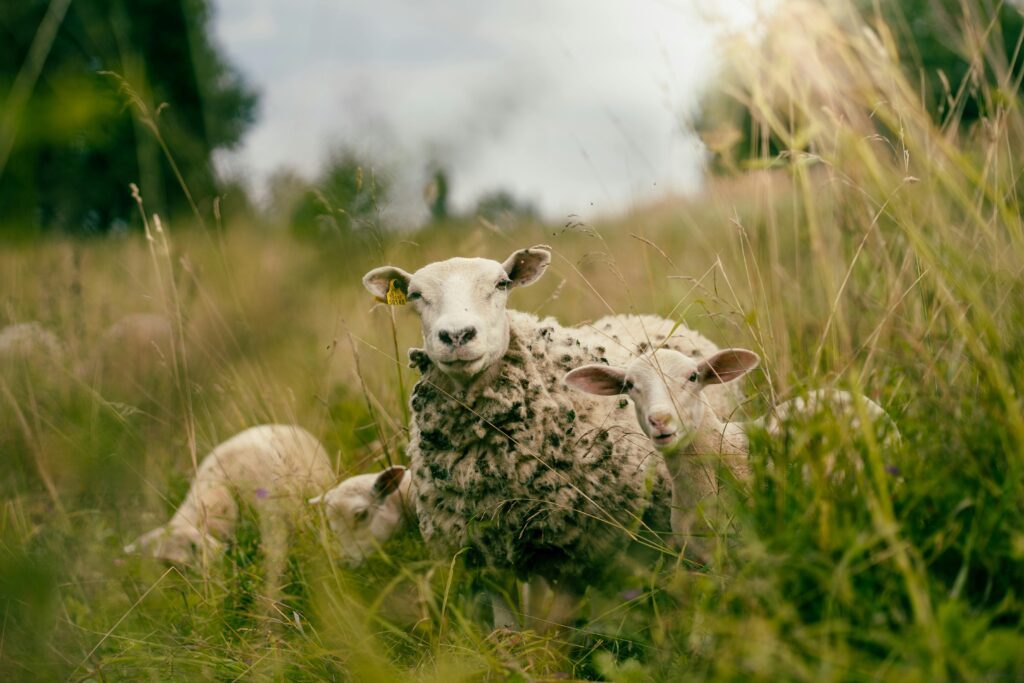
It saves on the cost of feed and minimizes the requirement of artificial additives, hence an eco-friendly, low-cost practice for contemporary sheep stations.
Make Use of Technology for Monitoring and Management
Technology has revolutionized livestock management for farmers. Now, a sheep farm is able to use tools such as automated milking machines, health tracking sensors, and electronic record-keeping systems.
For dairy sheep, these technologies minimize the cost of labor and increase efficiency, making the process of milk production seamless. On a sheep station, intelligent collars and drones can monitor the movement of the flock, detect early illness, and even analyze grazing patterns.
With the use of these technologies, farmers have real-time access to level of production, use of pasture, and flock health. There is improved decision-making, increased yields, and easier long-term development. T
he integration of the conventional modes of farming with intelligent technology brings a balance that puts any sheep farm on the road to success in today’s farming economy.
Challenges in Sheep Farm Growth
Operating a productive sheep farm offers numerous opportunities, but with its setbacks that need to be prepared by the farmers for facing.
Regardless of possessing flocks for wool farming, butchering, or breeding dairy sheep, there are challenges facing all sheep stations that impact productivity, profitability, and sustainability. Their realization is the first step towards attaining them.
Disease and Health Management Issues
Sheep health issues are one of the greatest challenges facing a sheep farm. Parasites, foot rot, and respiratory disease can easily infest flocks, particularly at large sheep stations. In dairy sheep, health problems directly contribute to milk production and quality and hence to economic loss.
Constant vaccinations, parasite control, and proper monitoring of flock health are necessary in order to avoid such problems. It might be too expensive and time-consuming to have strict biosecurity.
Producers have to trade off veterinary expense against long-term production. With no control of disease, a productive sheep farm can easily fall apart.
Market Uncertainty and Price Volatility
Unpredictable market conditions represent a second perilous threat to any sheep farm. The wool market, meat market, and dairy market may change due to foreign trade, consumer demand, or even the weather. In the case of sheep dairy, prices will vary based on competition from goat and cow dairy.
A station with a single major source of revenue will be financially unstable under these circumstances. Farmers will be required to adjust by diversifying markets, establishing buyer relationships, and even direct customer sales.
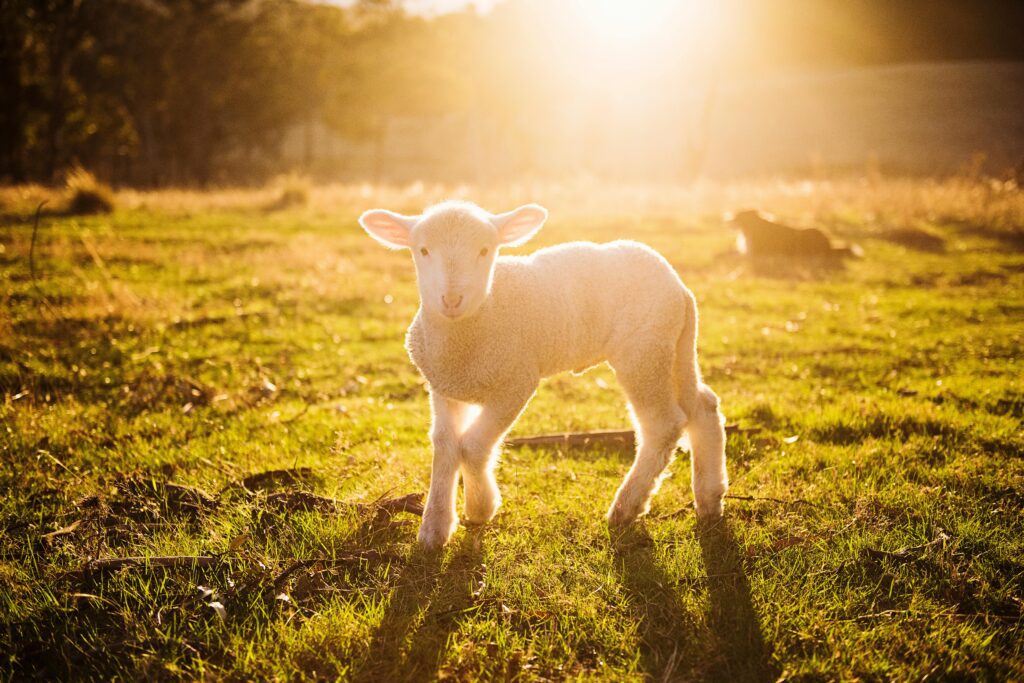
Market volatility cannot be eradicated, but efficient planning and flexibility will minimize its adverse impacts on farm development.
Skilled Labor Force and Labor Shortages
Operating a sheep station demands skilled laborers, but farms lack trained workers. A dairy sheep farm requires staff who know how to operate milking machinery, take care of animal sickness, and maintain high hygiene standards.
The younger generation dislikes leaving agriculture occupations, and this creates skills gaps in the labor force. This shortcoming compels farmers to either spend a lot of money on automation or work with limited labor, impacting efficiency.
To address this, training programs, worker incentives, and in some instances, embracing technology in order to minimize the use of labor are necessary. Nevertheless, the absence of skilled human capital continues to be one of the biggest long-term sheep farm expansion challenges.
Solutions for Overcoming Challenges
Each problem in a sheep station has corresponding practical solutions to enable farmers to maintain their enterprises stable and growing.
With the application of existing practices, cautious planning, and long-term strategies, dairy sheep farming can be made productive while a sheep station can remain profitable and future-proof. Some attempted solutions for typical issues are elaborated below.
Improving Animal Health Programs
To protect the flock, the farmer should have an effective animal health program. In a sheep farm, this involves periodic veterinary examinations, planned vaccinations, and parasite control programs. Udder health and mastitis prevention are of utmost concern in dairy sheep since these directly affect milk quality.
A sheep station would also be assisted by better housing systems where ventilation and hygiene prevent disease transmission. Wearable disease monitoring technology can even warn farmers of disease symptoms in time, so treatment can be administered well in advance.
Spending on preventative medicine rather than waiting for problems to arise enables farmers to save money in the long run and keep their flocks healthy and working all the time.
Creating Strong Market Networks
The best way of fighting price volatility is diversification of the market. Sheep farms should not rely on a single buyer or product line. Milk may be sold to markets directly by dairy sheep producers, join cheese manufacturers as partners, or even manufacture their own branded products.
Agreements with export markets, restaurants, and supermarkets offer stable revenue streams for big sheep stations. Farmers can also employ Internet and e-commerce, which makes markets accessible and minimizes dependence on local markets.
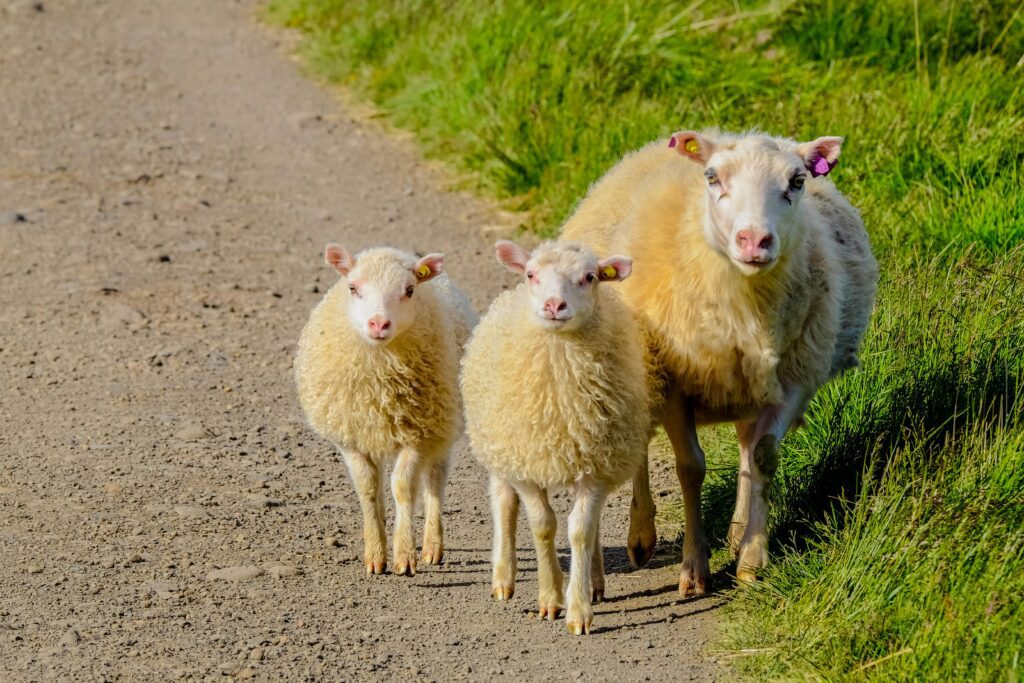
By establishing good relationships and having several channels, a sheep farm is more resilient to unexpected changes in the market.
Investment in Training and Technology
The shortages of labor can be managed by empowering the staff and embracing automation. A sheep station can hold training sessions for the personnel, educating them on the contemporary methods of animal care, milking, and feeding.
Automated milking systems in dairy sheep minimize man power while maintaining uninterrupted cleanliness and efficiency. Farmers can use drones to keep an eye on pasture, smart sensors for water supply management, and software for record keeping on a sheep station.
All these are expensive in the beginning but yield higher productivity with lesser dependence on unskilled labour. The farmers, integrating professional training with technology, generate an equally well-balanced system guaranteeing long-term success.
FAQs
1. How do I establish a profitable sheep farm with dairy sheep?
Establishing a profitable sheep farm starts with planning and the selection of suitable breeds. Farmers need to go for specialized dairy sheep such as East Friesian or Lacaune with a higher milk production.
The beginner sheep station should also incorporate proper housing, rotational grazing area, and minimal milking equipment. One should begin small, learn, and grow. Farmers also need to go for market demand for sheep milk, cheese, and yogurt at the local level.
Stable income has a companion in having partners locally or cooperatives. With proper breeding, feeding, and health management, a small sheep farm can be a sustainable operation.
2. What are the major advantages of dairy sheep production on a sheep farm?
Diversification of income is the greatest benefit to producing dairy sheep. A traditional wool and meat sheep farm can generate income from milk, cheese, and other dairy products. These products have good prices in niche and health-focused markets.
A sheep station with dairy breeds also benefits from ecologically friendly utilization of resources because sheep consume less water and feed compared to bigger animals. The multifunctionality of dairy sheep makes them suitable for utilization on small-scale farms as well as big stations.
The triple purpose—dairy, wool, and meat—gives farmers more economic stability and sustained profitability.
3. What are the challenges for dairy sheep farmers?
Sheep farming with a dairy emphasis has challenges typical to that kind of farm. Mastitis, for example, directly impacts milk quality, whereas parasites and foot rot may influence flock health in a sheep station.
Market volatility brings uncertainty too because demand for sheep dairy products can fluctuate seasonally. Shortage of labor is also a challenge, as milking, hygiene, and animal handling require skilled personnel.
Additionally, dairy sheep can possess greater feeding needs than meat-production flocks. With appropriate healthcare programs, training, and diversification programs, though, farmers can overcome challenges and maintain their sheep farm on a sustainable basis.
4. How can technology aid the operation of a contemporary sheep station?
Technology plays a central role in the modernization of a sheep farm. Automatic milking machines save labor while maintaining hygiene for dairy sheep. Sensors and smart collars track flocks’ health, early disease detection, and optimized feeding regimens.
Drones on big sheep stations observe grazing patterns, pastures’ health, and even stray animals. Farmers also gain with electronic record keeping, where it becomes easier to gather and analyze breeding control and milk production. It makes the farm less labor-intensive and more efficient.
By adopting tradition with new technology, a sheep farm can run at its maximum productivity with reduced risks.
5. Is sheep milk more profitable than wool or meat?
Yes, most of the time, dairy sheep milk is more profitable than wool or meat. A well-located sheep farm with excellent milk can earn more returns per liter than selling raw wool or meat. Sheep milk is valued for application in specialty cheeses, yogurts, and health foods, particularly within specialty food markets.
A sheep station would still gain from the sale of wool and meat, yet dairy production is a valued source of revenue. Dairy farmers receive higher returns and are able to sell at premium prices, which can stabilize their revenues even during declining phases for wool or meat prices.
Due to this, most farmers nowadays are adopting traditional farming together with dairy farms.
Conclusion
Operating a sheep farm in the new agricultural industry is no longer merely an issue of increasing flock size—it requires strategy, ingenuity, and commitment.
By targeting dairy sheep, farmers can develop new sources of income, diversify revenue streams, and position their sheep station as a contemporary, sustainable, and profitable enterprise.
The 11 highly effective methods in this guidebook—from choosing the correct breeds and adopting rotational grazing, through to the use of technology and enhancing market networks—present simple solutions that can turn any sheep farm into a money spinner.
Though issues like disease control, climatic variation, and employee shortages are present, initiative-based measures make them controllable. Farmers who invest in pre-disease programs, adopt new technology, and maintain a strong customer connection are likely to continue their growth.
In addition, a well-planned sheep station encourages ecologically friendly practices that conserve the soil and animals, providing sustained prosperity in future generations.
The time to act is now. Assess your own sheep farm, find areas for change, and make these improvements to achieve optimal productivity and profitability.
As a small-scale farmer or running a big sheep station, incorporating dairy sheep in your business can be life-changing, offering both financial benefits and a sustainable approach to farming.
With dedication, smart planning, and the right approach, your sheep farm can thrive and become a benchmark for modern agricultural success.
